The term "modern art" conjures images ranging from Picasso's fractured figures to Pollock's dripped paint. But what truly defines this era, roughly spanning the late 19th century to the mid-20th century, as "modern"? Its modernity lies not in a single style, but in a fundamental shift in purpose, perspective, and practice, breaking decisively from centuries of artistic tradition.
Prior to the modern era, art largely served established functions: illustrating religious or historical narratives, portraying the powerful, depicting idealized landscapes, or capturing realistic likenesses. Technical mastery in rendering perspective, anatomy, and light was paramount. Modern art's defining characteristic became its spirit of radical experimentation and its conscious rejection of these inherited artistic conventions. Artists began questioning the very foundations of what art could be and do, driven by a desire to express the rapidly changing world around them and the inner realities within them.
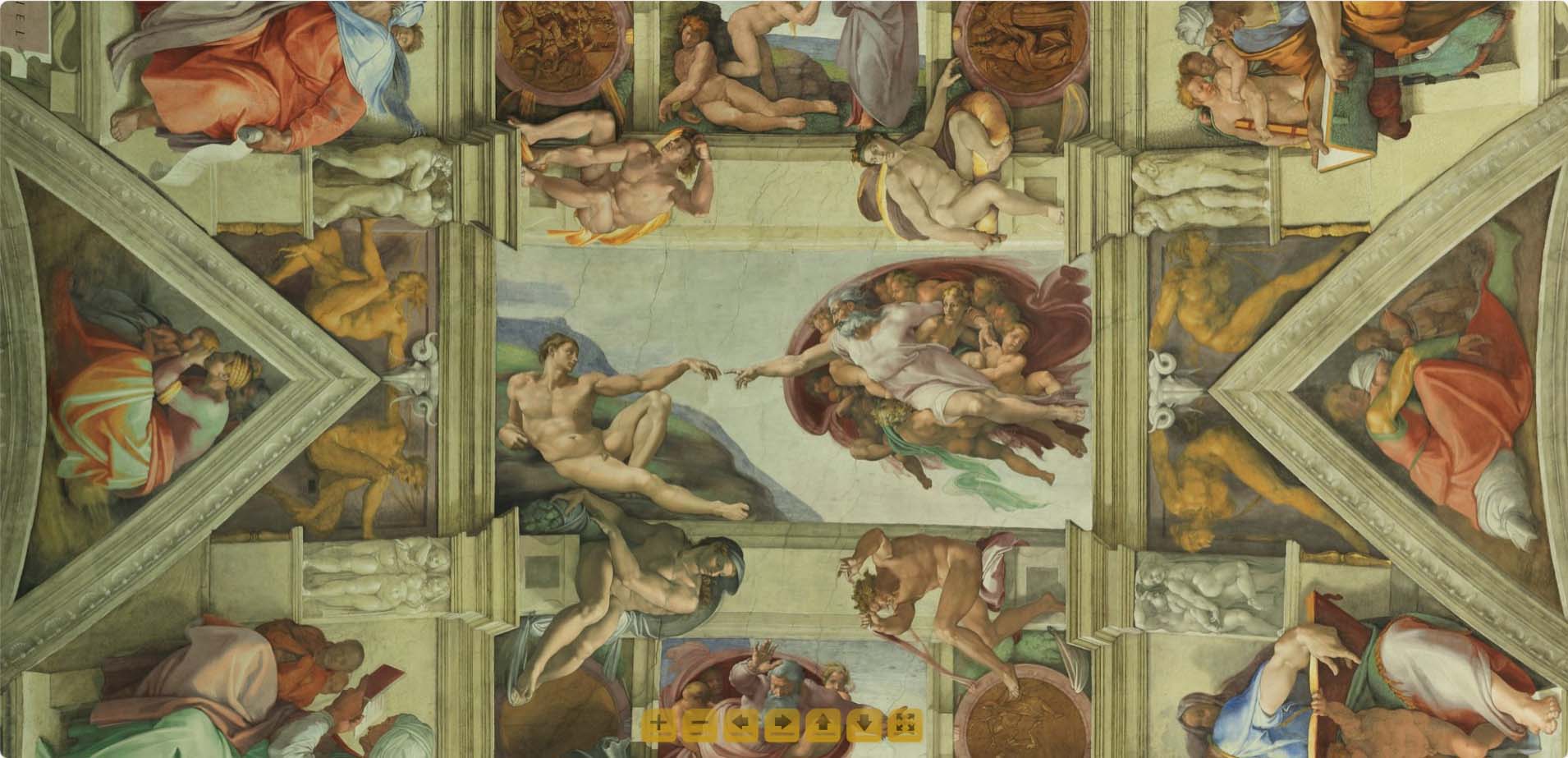
A pivotal aspect of this modernity was the move away from faithful representation. While earlier artists like Turner or Goya hinted at abstraction, modern artists embraced it fully. Movements like Cubism (Picasso, Braque) fragmented objects to show multiple viewpoints simultaneously. Expressionists (Munch, Kirchner) distorted forms and used intense color to convey raw emotion rather than visual accuracy. Pure abstraction emerged with pioneers like Wassily Kandinsky and Piet Mondrian, arguing that color, line, and form alone could evoke profound responses. This liberation from depicting the visible world opened vast new territories for artistic exploration, focusing on form, color, emotion, and pure visual sensation.
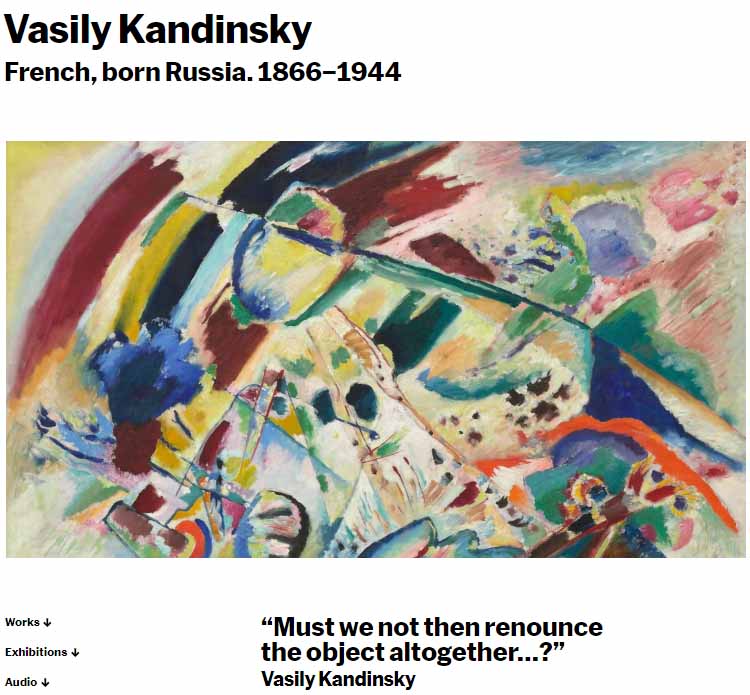
Modern art also became increasingly conceptual. The idea behind the work often became as important, or even more important, than the technical skill displayed or the beauty of the finished object. Marcel Duchamp's infamous Fountain (a signed urinal) in 1917 was a landmark. By presenting a mass-produced object as art, he challenged definitions of artistry, originality, and the role of the artist, asserting that the artist's choice and context were paramount. Movements like Dada and Surrealism further prioritized ideas, chance, the unconscious mind, and social commentary over traditional aesthetics. The rise of conceptual thinking shifted the emphasis from how something was made to why it was made and what it signified.
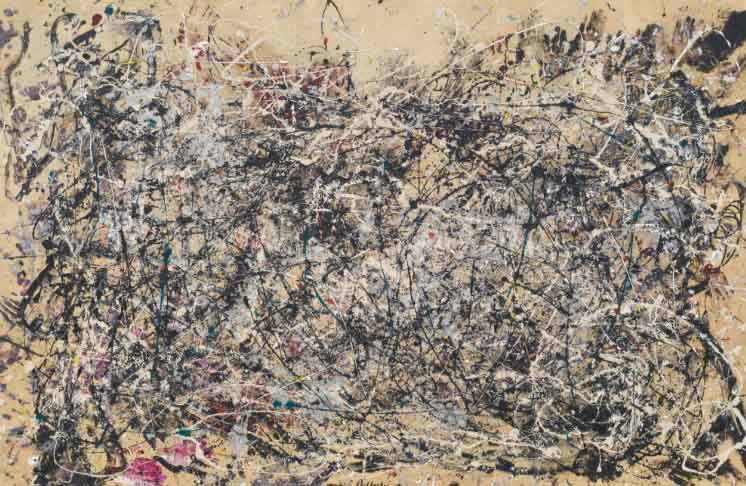
Furthermore, modern art turned inward, becoming self-referential. Artists didn't just make art; they actively questioned and redefined the nature of art itself. Movements often arose as direct reactions against their predecessors. Fauvism's wild color rejected Impressionist subtlety. Cubist fragmentation countered Post-Impressionist structure. Abstract Expressionism's physicality contrasted with the calculated geometry of earlier abstraction. Artists investigated the essential elements of their medium – the flatness of the canvas in Cubism, the physical properties of paint in Abstract Expressionism, the nature of perception in Op Art. Institutions like New York's Museum of Modern Art (MoMA), founded in 1929, played a crucial role in defining, collecting, and presenting this evolving narrative to the public. Modern art is characterized by its relentless self-examination and its drive to constantly push the boundaries of its own definition.
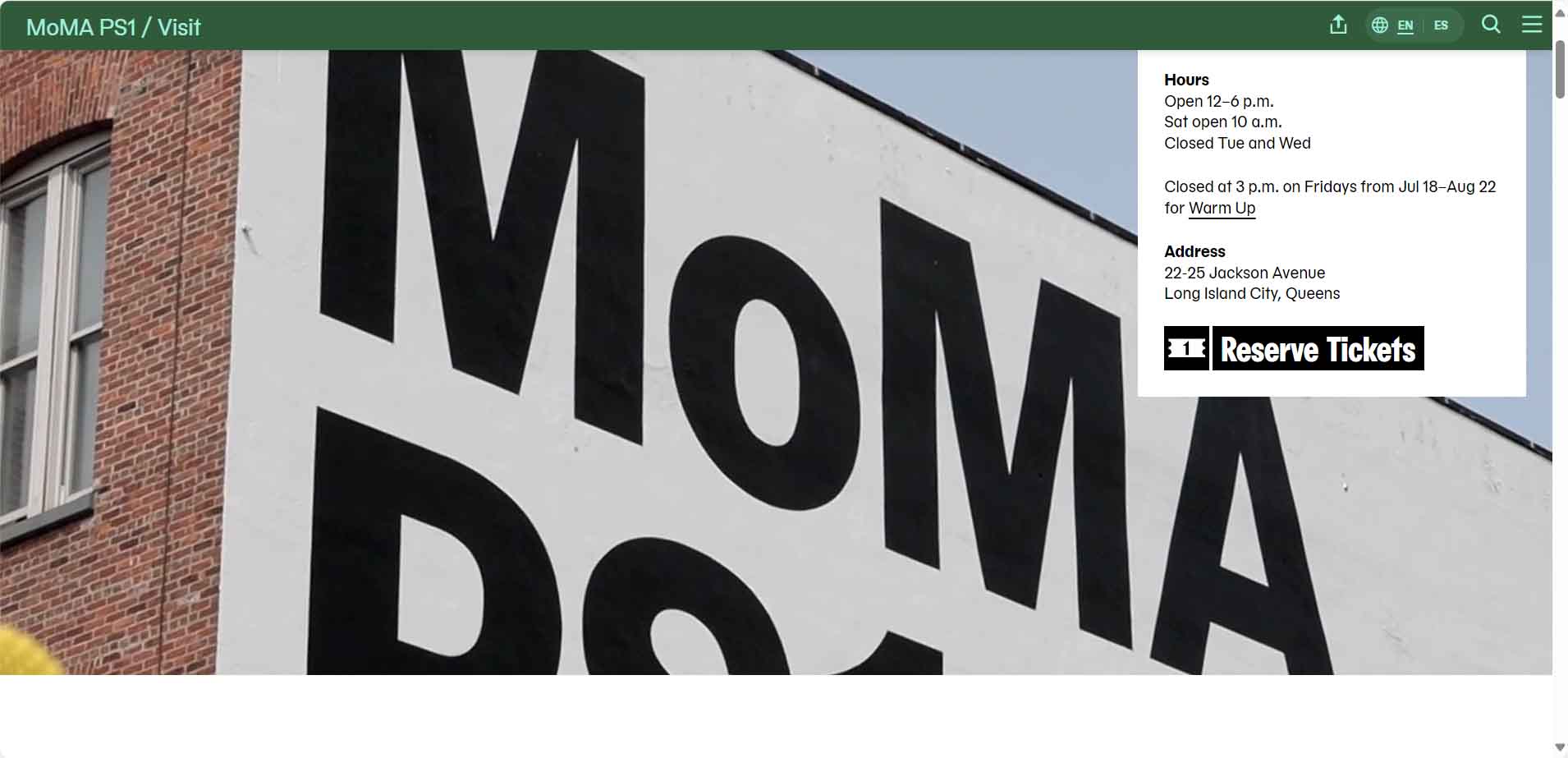
The modern world itself was a catalyst. Rapid industrialization, urbanization, technological advancements (photography and film), political upheavals, world wars, and new psychological theories (Freud, Jung) created an environment of profound dislocation and anxiety. Artists responded to this complexity, often rejecting the perceived superficiality and materialism of bourgeois society. They sought new forms and languages adequate to express the speed, fragmentation, and psychological intensity of contemporary life, moving away from providing comforting illusions towards provoking thought and feeling. Modern art served as a vital, often challenging, reflection and interrogation of the tumultuous modern experience.
Ultimately, the "modern" in modern art signifies a profound paradigm shift. It represents the moment artists collectively stepped off the path of incremental stylistic evolution within established norms and embarked on a radical quest for new means of expression. The legacy of modern art is the unprecedented freedom it established – the freedom to experiment relentlessly, to prioritize concept and emotion, to defy representation, and to constantly question the essence of art. It dismantled the old rules, leaving a landscape of boundless possibility upon which contemporary artists continue to build.
About Artphiloso
Hi, I’m Philo, a Chinese artist passionate about blending traditional Asian art with contemporary expressions. Through Artphiloso, my artist website, I share my journey and creations—from figurative painting and figure painting to floral oil painting and painting on landscape. You'll also find ideas for home decorating with paint and more.
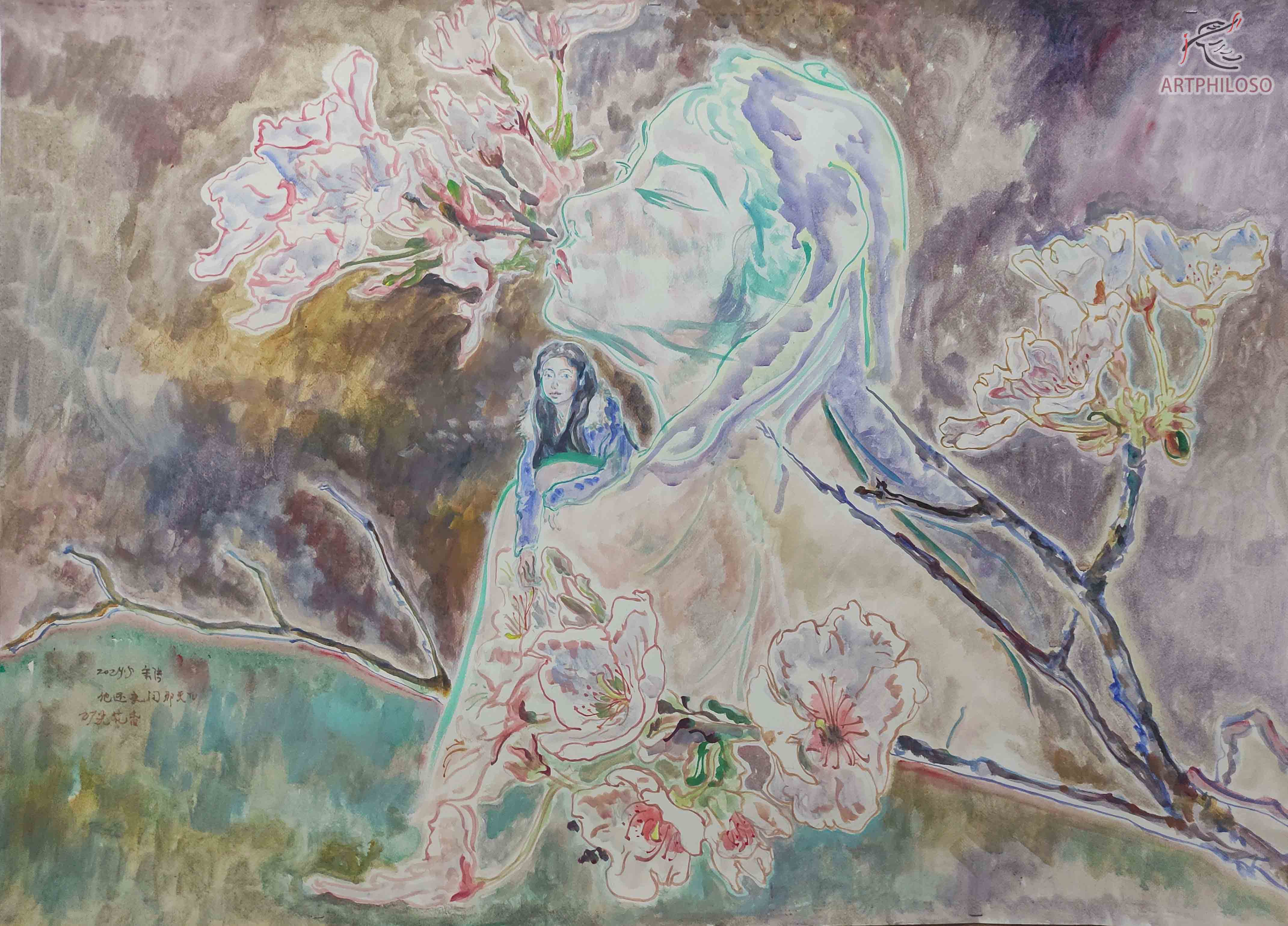
FAQ
What time period does "modern art" refer to?
Modern art generally encompasses the period from roughly the 1860s/1870s (starting with movements like Impressionism) through the 1960s, ending with the rise of Pop Art and Minimalism.
How is modern art different from contemporary art?
Modern art refers specifically to the groundbreaking art movements of the late 19th and early-to-mid 20th century (e.g., Impressionism, Cubism, Surrealism, Abstract Expressionism). Contemporary art refers to art made by living artists in the present era, roughly from the 1970s onwards, which builds upon but also reacts against modern art's foundations.
Who is considered the most influential modern artist?
While many artists were pivotal, Pablo Picasso is frequently cited due to his revolutionary development of Cubism and his constant stylistic reinventions, which profoundly shaped the course of 20th-century art.
Is modern art difficult to understand?
Modern art often requires a different approach than appreciating realistic painting. Focusing on the artist's intent, the emotional impact, the use of materials, the historical context, or the innovative ideas behind the work can unlock its meaning and power, making it accessible without needing specialized knowledge.
